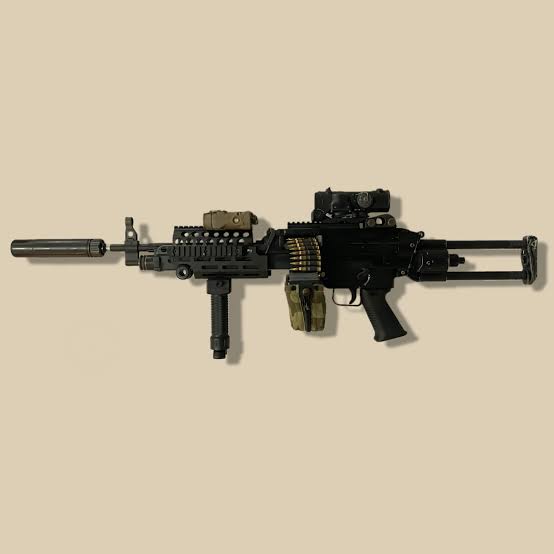Creating a captivating mural requires the right tools and materials. Whether you’re an experienced artist or a beginner, having a well-stocked acrylic paint supply kit is essential. With the right combination of brushes, pigments, and other supplies, you can bring your artistic vision to life on a large scale. In this article, we will explore the key components of a mural paint supply kit and guide you on how to build one that suits your needs.
Quality Brushes: The Foundation of Your Kit
When it comes to wall art, having a set of high-quality brushes is crucial. Look for brushes with durable bristles that can withstand the rigours of artwork. Synthetic bristle brushes are often preferred for their durability and ability to hold a large amount of paint. Additionally, consider investing in a variety of brush sizes to tackle different aspects of your art, from broad strokes to intricate details.
Versatile Paints: Exploring Pigments and Beyond
Acrylic paints come in a wide range of options, allowing you to explore different effects and techniques. Acrylic paints are a popular choice due to their vibrant colours, quick drying time, and versatility. They adhere well to various surfaces and can withstand outdoor conditions, making them ideal for paintings. Look for paints labelled specifically for mural masterpieces, as they often have a thicker consistency and higher pigment concentration, providing better coverage for large-scale works.
Surface Preparation: Primer and Sealants
Before applying acrylic colour, it’s essential to prepare the surface you’ll be working on properly. Start by cleaning the wall or substrate and removing any loose debris. For porous surfaces, applying a primer helps create a smooth and even base for the paint. It also improves the adhesion of the paint, ensuring its longevity. Additionally, consider using a sealant to protect the finished artwork from weathering and UV damage. A clear acrylic sealant can provide a protective layer without altering the colours of your art.
Safety First: Protective Gear
While painting a masterpiece, it’s crucial to prioritise your safety. Protect yourself from potential hazards by wearing appropriate protective gear. This includes gloves to prevent direct contact with chemicals and paints, safety goggles to shield your eyes from splatters, and a respirator or mask to avoid inhaling harmful fumes. Always work in a well-ventilated area, especially when using aerosol spray paints or solvents.
Essential Tools: Beyond Brushes
In addition to brushes, there are several other tools that can enhance your wall-art experience. Palette knives are useful for creating textured effects and applying thick layers of paint. A mahl stick can provide stability while working on intricate details or hard-to-reach areas. For larger murals, consider using an easel or scaffolding to make the painting process more comfortable and efficient. A sturdy ladder or step stool is also essential for reaching higher parts of the art.
Cleanup Supplies: Maintaining a Tidy Workspace
After a painting session, cleaning up your workspace and maintaining your supplies is essential. Have a set of cleaning supplies ready, including water, soap, and brushes specifically designed for cleaning paint brushes. Keep your brushes in good condition by rinsing them thoroughly after each use and storing them properly to prevent bristle damage. Properly seal and store your paints to prevent them from drying out or becoming unusable.
Building a mural paint supply kit requires carefully considering the tools and materials that best suit your artistic needs. Each component plays a vital role in creating stunning masterpieces, from high-quality brushes to vibrant pigments and essential safety gear. Investing in the right supplies and taking proper care of them will make you well-equipped to embark on your acrylic painting journey. So, gather your brushes, mix your pigments, and let your creativity flow onto the canvas of the urban landscape with your acrylic paint supply kit.
Related Post: How Demolition Contractors Recycle and Manage Debris: A Sustainable Approach






